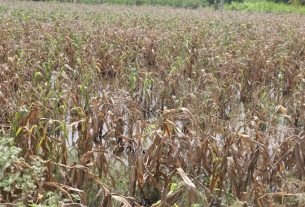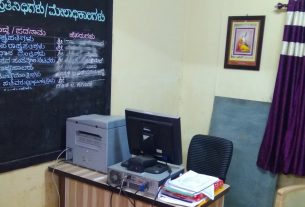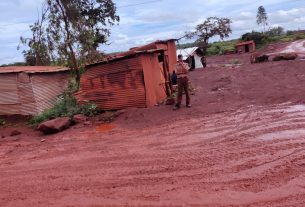Public toilets in Sindagi town are unclean and poorly-maintained. People who do not have toilets at their house prefer open defecation instead of using the public toilets.
By Shalu Chowrasia
Sindagi received its Open-Defecation Free (ODF) tag six months ago but villagers still continue to defecate in the open. There are three public toilets in the urban taluk area which are poorly constructed and unmaintained.
The Softcopy visited four villages, Chick Sindagi, Bandal, Budihal and Ganihar. None of the villages had public toilets. While some of the villagers had availed the subsidy amount which is granted under Swachh Bharat Mission (SBM), they pointed out that it is not enough for constructing a sustainable toilet.
Hussen Bashhy, a resident of Ganihar Village says, “I only received Rs. 12,000 as the subsidy amount. I spent about Rs. 25,000 and the construction is still going on. As of now, my family defecates in the open.”
Secretary at the Taluk Panchayat confirmed that Sindagi received its ODF tag according to a 2012 survey. But, on the ground level, there are people from the villages and the taluk defecate in the open.
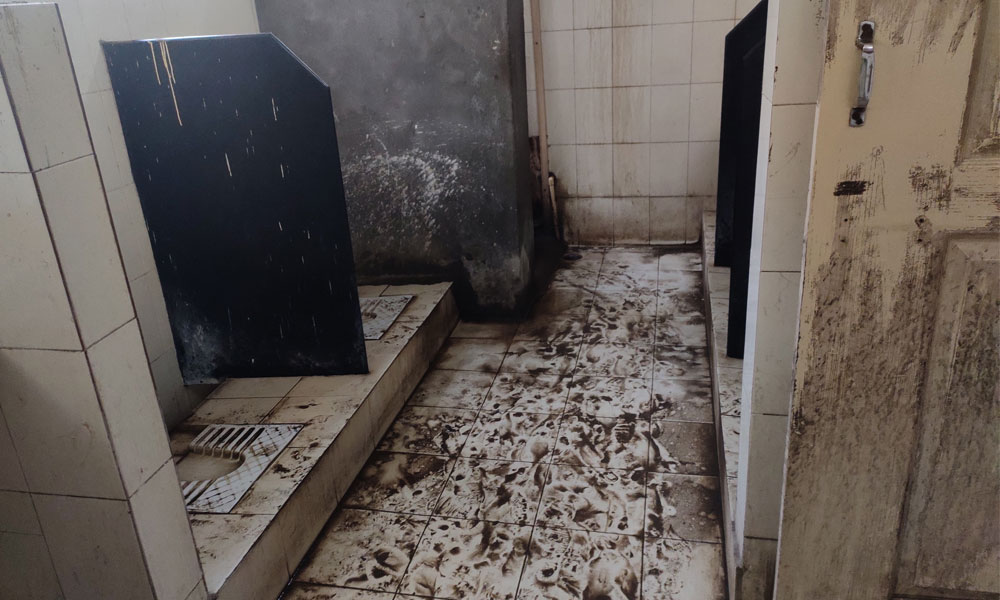
When The Softcopy visited the toilet on the bus stand, the washbasin was full of dustbin waste. The public toilet in the market area was built upon a drain where stray pigs were roaming in the stagnant, filthy drain water.
“Because of the three-year drought, there was lack of water. So, it is difficult to provide water facility at every ‘pay and use’ toilets all the time. But, we have recently inaugurated a new ‘Pay and Use’ toilet and we are working on more projects,” Chief Officer at the Taluk Municipal Corporation, Sayeed Ahmed, said. He claimed that the corporation have been 60 percent successful in the Individual Household Latrine (IHHL) project.
Migrant construction workers, who live near an open drain on Old SBI Road, said that they are not entitled to the subsidy amount, because, they are not natives of the state. Therefore, they had no choice but to defecate in the open.
Ningarma Rolli, resident of Budihal village says that she did not receive the subsidy. “I had filled in the application and submitted the documents but I have not received any money yet,” shesaid.
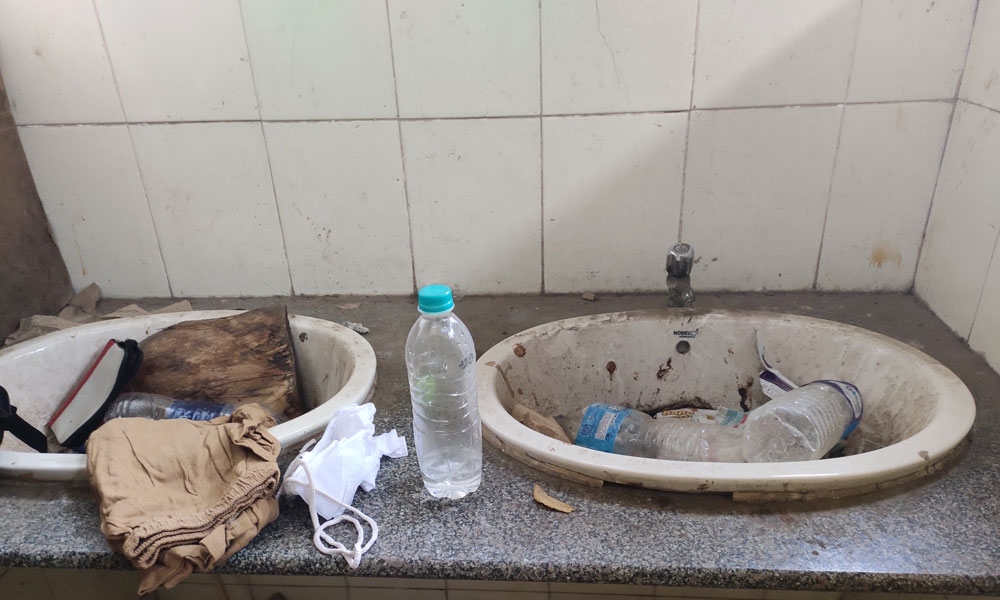
The locals claim that the incentive amount provided under SBM-Gramin to Below Poverty Line (BPL) Households, shall be up to Rs.12,000 for construction of one unit of IHHL and provides for water availability, for hand washing and cleaning of the toilet. However, the scheme clearly states that the subsidy amount is not cost of the toilet but an incentive amount, where households can choose the design and quality of superstructure, without compromising better infrastructure.
Mubashareen who lives in Chick Sindagi says that the toilet she constructed using the subsidy amount is unusable because there is no proper sewage channel and also no water connection.
The SBM Report declares Sindagi taluk is open defecation free. On November 19, 2018, the H D Kumaraswamy government had declared that rural areas in Karnataka were Open Defecation Free.
Dr. Nadal, a resident of Ganihar village, said that some people build a rough toilet structure to avail the subsidy amount and when they receive it, they use it for other purposes. “Another problem is that there is hardly any place in people’s houses to build a separate toilet,” he said.
Controller of Sulabh International Social Service Organisation Bangalore, Shri Malage Vishwanatha said that the open defecation contributes to unhygienic living standards of the people. “Sustainability phase should be given more importance. Active monitoring of the toilets for which subsidy amount is approved should be undertaken by the government,” he added.

